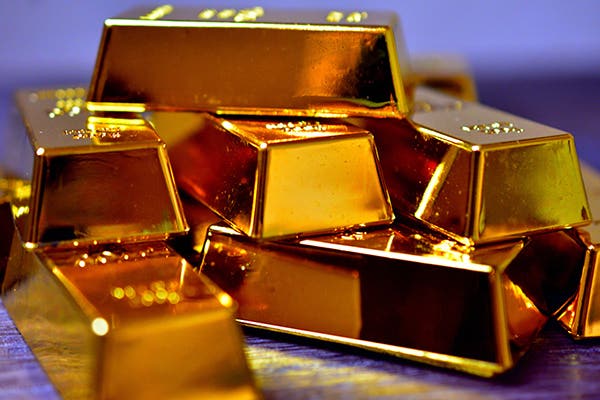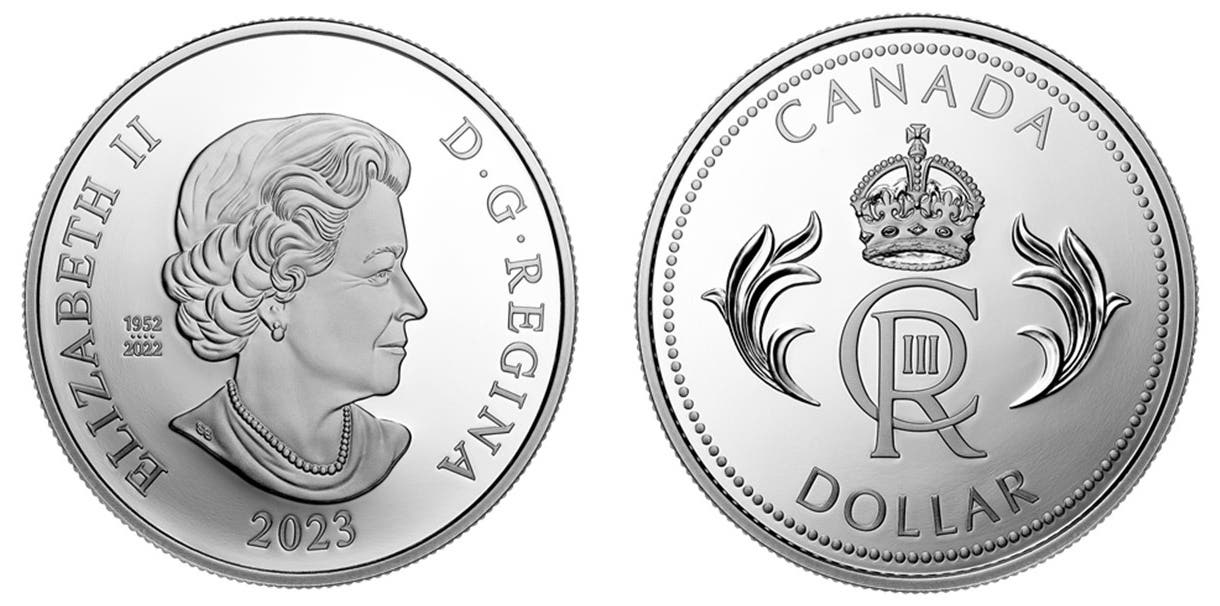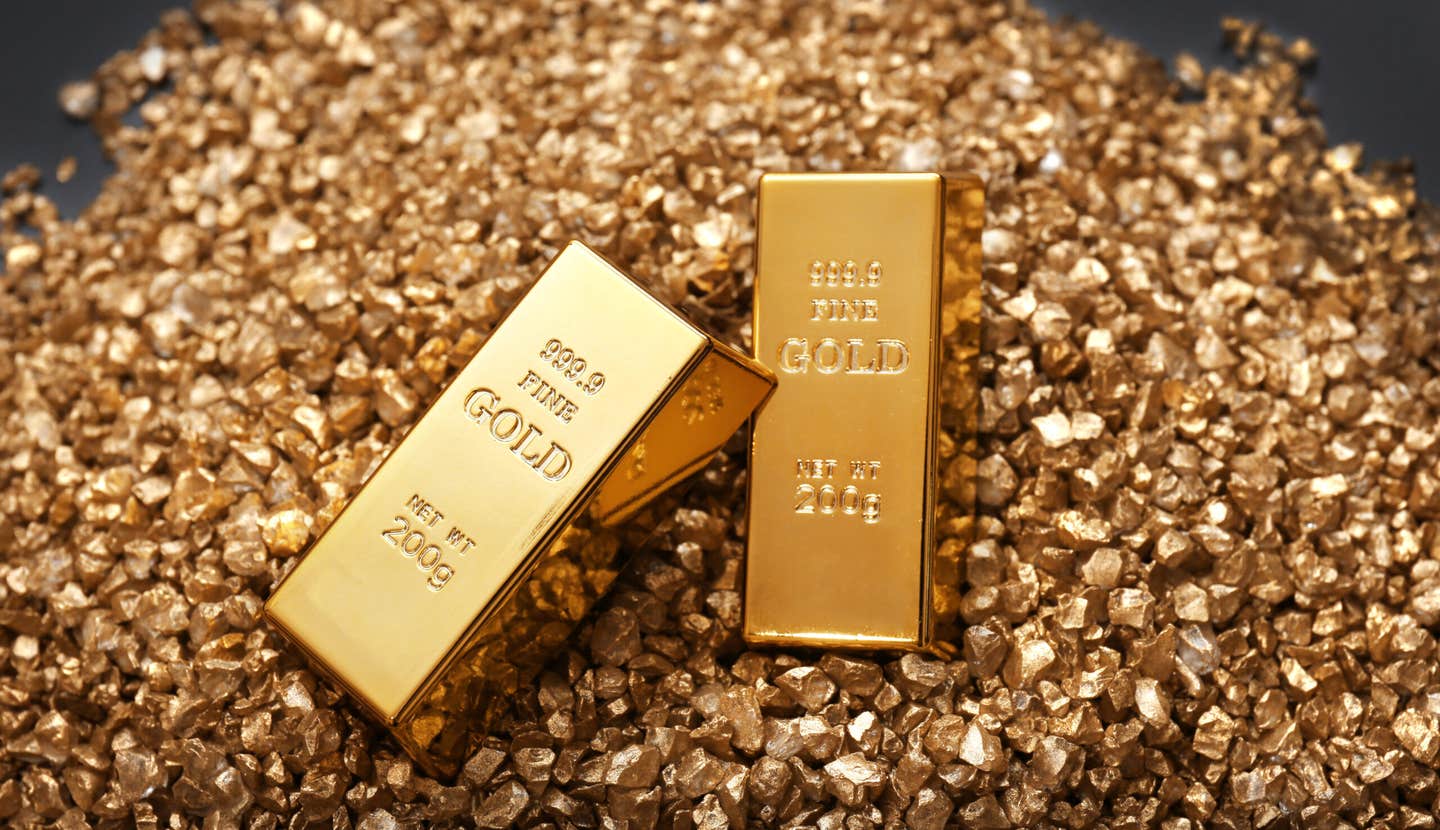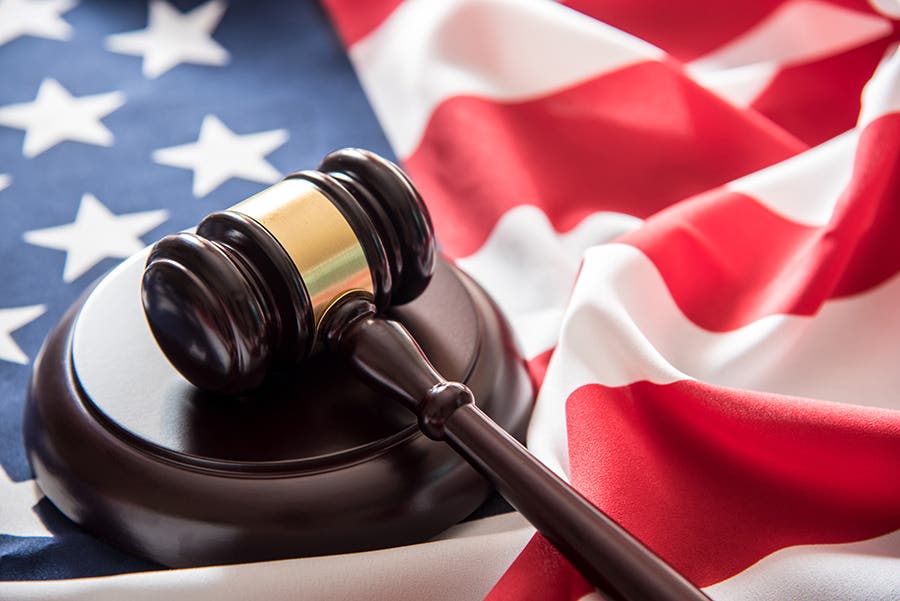“Tokenized” Gold?
The concept of tokenized gold involves selling ownership of physical gold that has not yet been mined.
One idea to try to make it appear that there is more gold available on the market is operating under the general idea of “tokenized” gold. If it were possible to increase the “supply” of gold without impacting demand, that would almost certainly knock down the price of yellow metal.
The concept of tokenized gold involves selling ownership of physical gold that has not yet been mined. Some companies prospect for potential mine sites. Once a possible location is discovered, further test drilling is done to get a better picture of just how much potential gold could be recovered from the location. If the total provable and potential reserves are high enough, then the financial people start running numbers on the costs to get it out of the ground and delivered to market. The time that it would take to obtain permits and produce acceptable environmental impact statements is included as part of the interest cost of financing the venture.
If the bottom line indicates a potentially profitable mine at the site, businesses are investigating how the gold content could be pre-sold to investors as tokens of gold ownership to raise funds that otherwise would have to come from mining companies, banks, or governments to develop the site.
There are some appealing aspects to pre-selling gold before it is physically produced and delivered. Governments and mining companies accelerate their cash flow. Effectively, they could receive revenues years or even decades before they deliver physical gold. There is even the potential attraction to investors of being able to “purchase” gold at a discount to the current spot price. This tokenized gold could even form the “backing” to support the prices of cryptocurrencies.
Unfortunately, putting the concept into practice faces numerous obstacles. Just because a potential gold mine site has been detected and verified for potential ounces of output does not mean that the financial analysis of revenues versus costs will work out. Time delays in the permitting process keep getting longer, which adds to financing costs. Two decades ago, it was normal for a verified mine site to go into production about three years after reserves were proven. Now, the delay is often at least a decade.
Installing infrastructure just to get to the location of a potential mine (roads, electricity, water, the structures for the mining operation, and the like) often experience cost overruns and delays. Governments can adopt more rigorous regulations or even cancel or confiscate mining projects.
Then, once a mine goes into operation, there will be continuing worries about government interference, mining disasters, civil unrest among the local population, and more. Because of all these uncertainties, well-operated mining companies usually have multiple mining operations so that unexpected problems at one or more mine sites will not threaten the survival of the business.
In other words, owning a token representing gold underground yet to be mined carries a degree of risk of default on ever receiving the underlying asset.
I expect that tokenized gold being offered for sale to investors is something that is coming, possibly within the next year or so. Governments, mining companies, and brokerage firms would love to accelerate and increase their revenues. The U.S. government could seize on the idea as a new tactic to suppress the price of gold. While tokenized gold does not appeal to me anywhere close to having the physical metal in my direct custody and control, I’m sure that there will be many investors who consider this option. Instead of going this route, though, it might make more sense for investors to own shares of one or more mining companies to diversify their risk.
Last week’s numismatic trivia question.
Last week, I asked—Was 17th Century Irish gun money really manufactured from guns that were melted down? British King James II served on the throne from Feb. 6, 1685, to Dec. 23, 1688. He had converted to Catholicism 1668-1669 but kept it secret for a decade. Once he became king, he was opposed by Parliament out of the fear that he might boost the Roman Catholic religion over the Church of England. When Parliament invited James’s daughter Mary and her husband (and also James’s nephew) William of Orange to assume the British throne, James fled to France in exile. The largely Catholic Irish army had remained loyal to James, leading to the Williamite War, 1689-1691. During this war, the forces of James II issued base metal coins of copper, brass, or pewter that were to be redeemed for silver coins once James II retained the British throne. Although some guns may have been melted to strike these coins, many other brass objects, such as church bells, were used. Irish forces eventually signed a treaty to end the war against British King William III.
This week’s trivia question
Here’s this week’s question. Who was the first actual woman depicted on U.S. government currency? Come back next week for the answer.
Patrick A. Heller was honored as a 2019 FUN Numismatic Ambassador. He is also the recipient of the American Numismatic Association 2018 Glenn Smedley Memorial Service Award, 2017 Exemplary Service Award, 2012 Harry Forman National Dealer of the Year Award, and 2008 Presidential Award. Over the years, he has also been honored by the Numismatic Literary Guild (including twice in 2020), the Professional Numismatists Guild, the Industry Council for Tangible Assets, and the Michigan State Numismatic Society. He is the communications officer of Liberty Coin Service in Lansing, Mich., and writes “Liberty’s Outlook,” a monthly newsletter on rare coins and precious metals subjects. Past newsletter issues can be viewed at www.libertycoinservice.com. Some of his radio commentaries titled “Things You ‘Know’ That Just Aren’t So,” and “Important News You Need To Know” can be heard at 8:45 a.m. Wednesday and Friday mornings on 1320-AM WILS in Lansing (which streams live and becomes part of the audio archives posted at www.1320wils.com).
You may also like:








